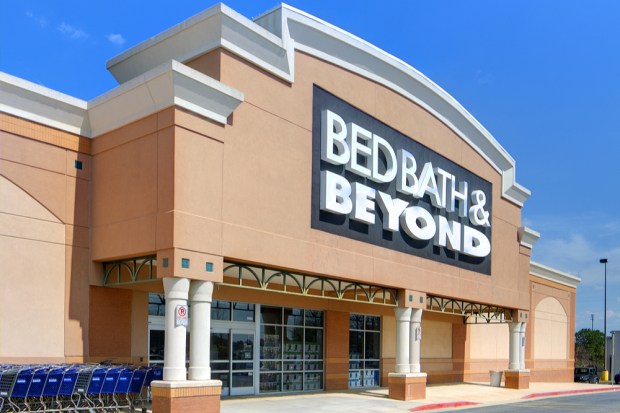Lackluster Earnings Tank Bed Bath & Beyond’s Stock Price

Domestic merchandise retailer Bed Bath & Beyond’s stock took a 12-point hit after Wall Street got a look at its latest earnings report and did not much like what it saw.
Same-store sales — the Street’s favorite metric for physical retail — were down 2.6 percent, according to the most recent numbers, and analysts were only anticipating a 0.7 percent decline. While digital channel sales were up more than 20 percent, it was not sufficient to overcome the same-store sale plummet.
Retail sales clocked in at approximately $2.9 billion, a decrease of approximately 1.7 percent from the same time last year. Coming out of a mediocre report, the retailer noted Hurricane Harvey, restructuring costs and new accounting standards had a heavy hand on the scale for last quarter’s results.
“How [customers] discover product, their expectations and knowledge around pricing and services offered, and how they share their thoughts about their shopping experiences, are all changing rapidly,” said Steven Temares, Bed Bath & Beyond’s CEO, on a Tuesday (Sept. 19) call with analysts and investors.
Going forward, Temares outlined initiatives for the retailer, including adoption of a new technology model, finding a new chief information officer and establishing a strategic portfolio management office.
The domestic goods retailer is also moving to cut staff and close under-performing storefronts, a strategic move that has been seen with many retailers. The decision to drop 880 department and assistant store manager positions earlier this year falls under that same restructuring effort.
Online sales represent just 15 percent of Bed Bath & Beyond’s sales, Temares said, meaning there is still room for “significant growth.”
Bed Bath & Beyond also recently announced it will open a new fulfillment center in Las Vegas this fall, covering 525,000-square-feet of space, according to Temares. The company is also looking to expand same-day delivery services for several large cities and metropolitan areas, including Dallas, Houston, Washington, D.C., two additional boroughs in New York City and Seattle.
